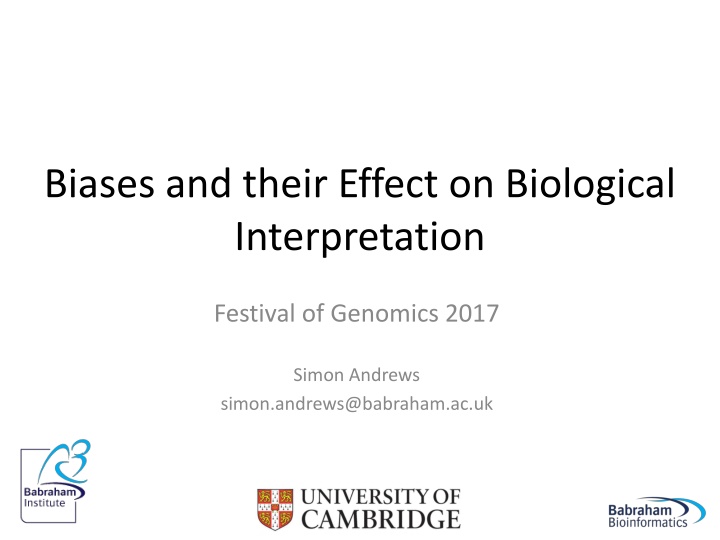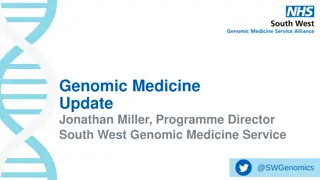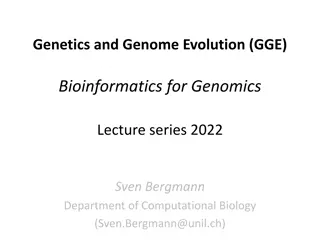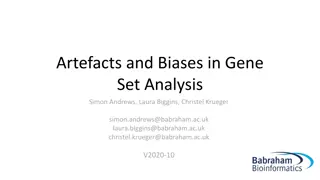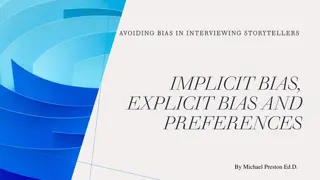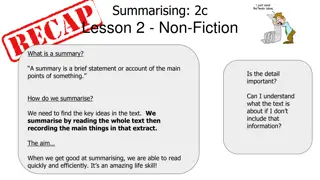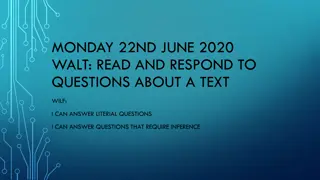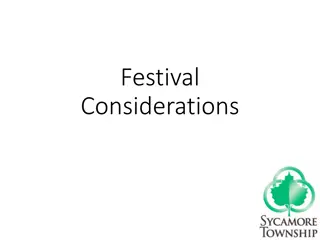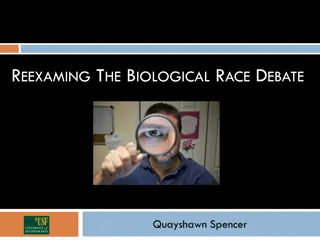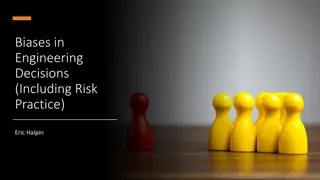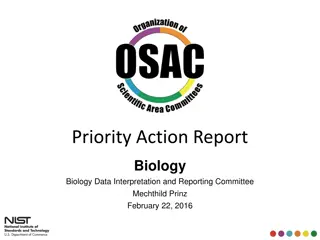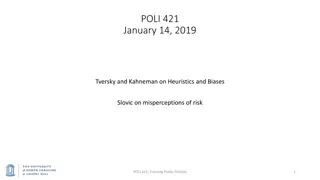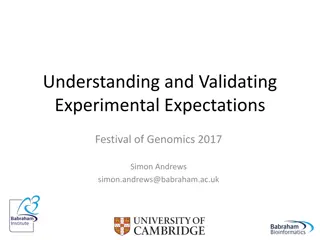Biases and Their Impact on Biological Interpretation at Genomics Festival
In a comprehensive overview of biases within datasets, the presentation covers technical, biological, and statistical biases affecting biological interpretations. Examples include GC bias, mass spec data biases, and statistical power in detecting significant effects. Explore how biases can influence research outcomes and the importance of recognizing and addressing them for accurate analysis and conclusions.
Download Presentation

Please find below an Image/Link to download the presentation.
The content on the website is provided AS IS for your information and personal use only. It may not be sold, licensed, or shared on other websites without obtaining consent from the author.If you encounter any issues during the download, it is possible that the publisher has removed the file from their server.
You are allowed to download the files provided on this website for personal or commercial use, subject to the condition that they are used lawfully. All files are the property of their respective owners.
The content on the website is provided AS IS for your information and personal use only. It may not be sold, licensed, or shared on other websites without obtaining consent from the author.
E N D
Presentation Transcript
Biases and their Effect on Biological Interpretation Festival of Genomics 2017 Simon Andrews simon.andrews@babraham.ac.uk
Biases All datasets contain biases Technical Biological Statistical Biases can lead to incorrect conclusions We should be trying to spot these Some are more obvious than others!
Technical Biases Simple GC bias from different polymerases in PCR
Technical Biases Mass Spec Data Membrane proteins underrepresented Hydrophobic Lipid Environment
Statistical Biases The power to detect a significant effect is based on: How big the change is How well observed the data is (sample size) Lists of hits are often biased based on statistical power
RNA-Seq Statistical Biases What determines whether a gene is identified as significantly differentially regulated? The amount of change (fold change) The variability How well observed was it How much sequencing was done overall? How highly expressed was the gene? How long was the gene? How mappable was the gene?
Biases Look Like Real Biology Bias High GC Low GC Long Genes Synapse Chr 18 Function DNA-Templated Transcription GPCR Signalling P-Value 2.00E-20 4.00E-12 2.30E-30 1.01E-26 Homophilic Cell Adhesion
Not Significant = Not Changing GO: Developmental Protein p=7.8e-8
Relating Hits to Genes Most functional analysis is done at the gene level Gene Ontology Pathways Interactions Many hits are not gene based Power differences can affect this too
Random Genomic Positions Find closest gene Synapse, Cell Junction, postsynaptic membrane (p=8.9e-12) Membrane (p=4.3e-13) Glycoprotein (p=1.3e-12) Find overlapping genes Plekstrin homology domain (p=1.8e-7) Ion transport (p=7.1e-7) ATP-binding (p=3.8e-8)
Random Transcripts Tends to favour genes with more splice variants Metal Binding, Zinc Finger (p=4.4e-12) Nucleus, Transcription Regulation (p=2.4e-14)
Identifying and Correcting Biases Address biases during: Planning Quantitation Initial exploration Hit validation GO/Pathway Analysis
Minimising Bias Can I adjust my analysis to minimise bias? Fixed Data Windows Even noise profile Even statistical power Uneven resolution Easier to interpret Misses fewer hits Fixed Size Windows Biased towards higher coverage Biased by CpG density Favours CpG islands Misses many real hits
Normalising / Regression Maths can fix my data! Understand first Minimal correction Loss of interpretability
Hit Validation Do my hits look different from non-hits in factors which should be unrelated How easy would it be for the effect I see to be generated through a technical artefact?
Look for confounders Compter Sequence kmer analysis Does composition explain my hits? www.bioinformatics.babraham.ac.uk/projects/compter
SNP Filtering Factors to consider Depth of coverage Base call Quality Mapping Quality Position within read Strand bias Genomic Position Types of problem Too low OR high Different to non-hits Error Bias Biology
GO / Pathway Analysis Make sure you re asking the right question Background models are key What is different between hits and genome What is different between actual hits and possible hits
